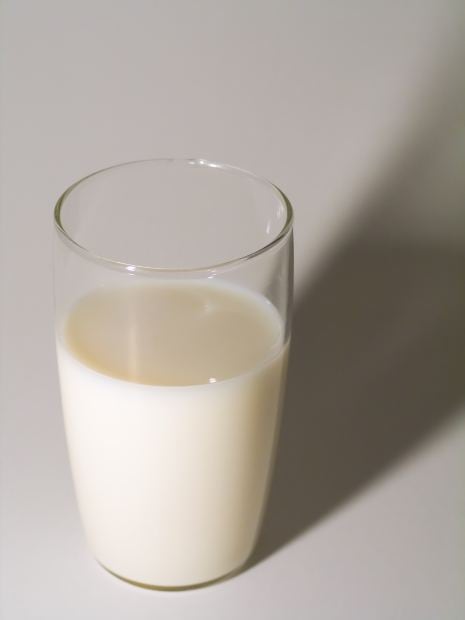The top wasted food and drinks in UK homes includes bread, milk, fresh potatoes, pork/ham/bacon and cakes and pastries.
The report reveals that food and drinks thrown away that could have been eaten fell by 21% between 2007 and 2012.
Just under half of avoidable food and drink waste (worth £5.6bn) was classified as ‘not used in time’, meaning it was thrown away because it had gone off or passed the date on the packaging.
It updates the 2007 version which said that 8.3 million tonnes or 22% of purchases was being thrown away.
Type of food wasted
Bakery, drink, fresh fruit, home-made and pre-prepared meals, and dairy and eggs all had more than 100,000 tonnes reductions of avoidable food waste in the five years.
There were smaller reductions for fresh vegetables and salad and very little change for meat and fish.

The findings are based on measurement of the weight and types of food and drink waste from 1,800 households, a week-long food and drink diary involving 950 houses and a synthesis of waste data from more than 80 local authorities.
For example, bread thrown away per day in the UK has gone from from 37 million slices in 2007 to 24 million slices in 2012 and yoghurts from 1.7 million to 1.2 million.
However, an area almost the size of Wales would be needed to produce all the food and drink currently wasted, said WRAP.
What can we do?
WRAP said it is possible to reduce avoidable household food waste by a further 1.7 million tonnes a year by 2025.
The group is working on the full implications of the research will be reported in Spring 2014.
It identified clearer labels as a key area as just under half of avoidable food and drink (worth £5.6bn) was classified as ‘not used in time’.
Improving shelf life to give people longer to eat what they buy was also pinpointed as an opportunity for industry.
There are ‘great opportunities’ in meat and fish with the lack of reduction, including providing clearer freezing and defrosting guidance and availability of smaller pack sizes.
Dr Liz Goodwin, WRAP chief executive officer, said: “Consumers are seriously worried about the cost of food and how it has increased over recent years. Yet as WRAP’s research shows, we are still wasting millions of tonnes and billions of pounds.
“Research by WRAP shows that if we all make a major combined effort to act now, we can save up to £45bn, by 2025. It won't be easy but what a prize if we achieve it."
